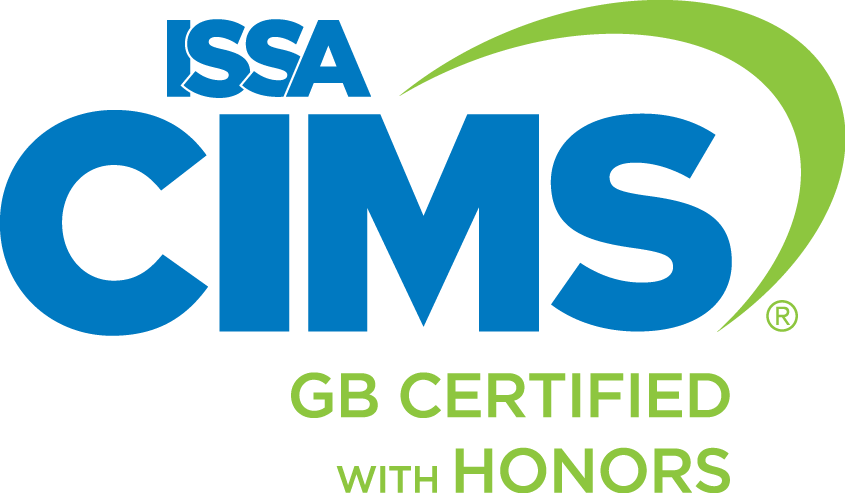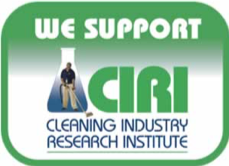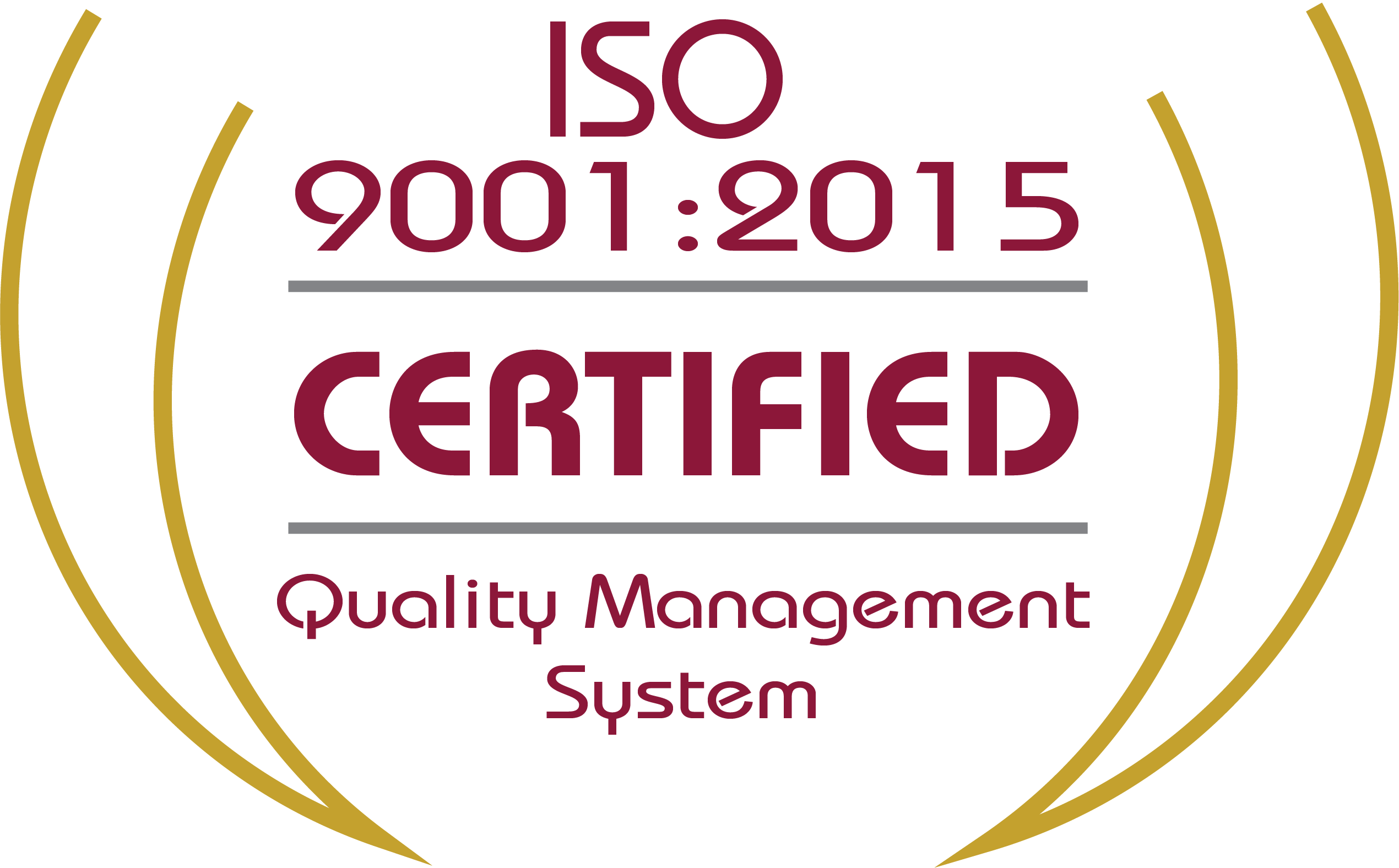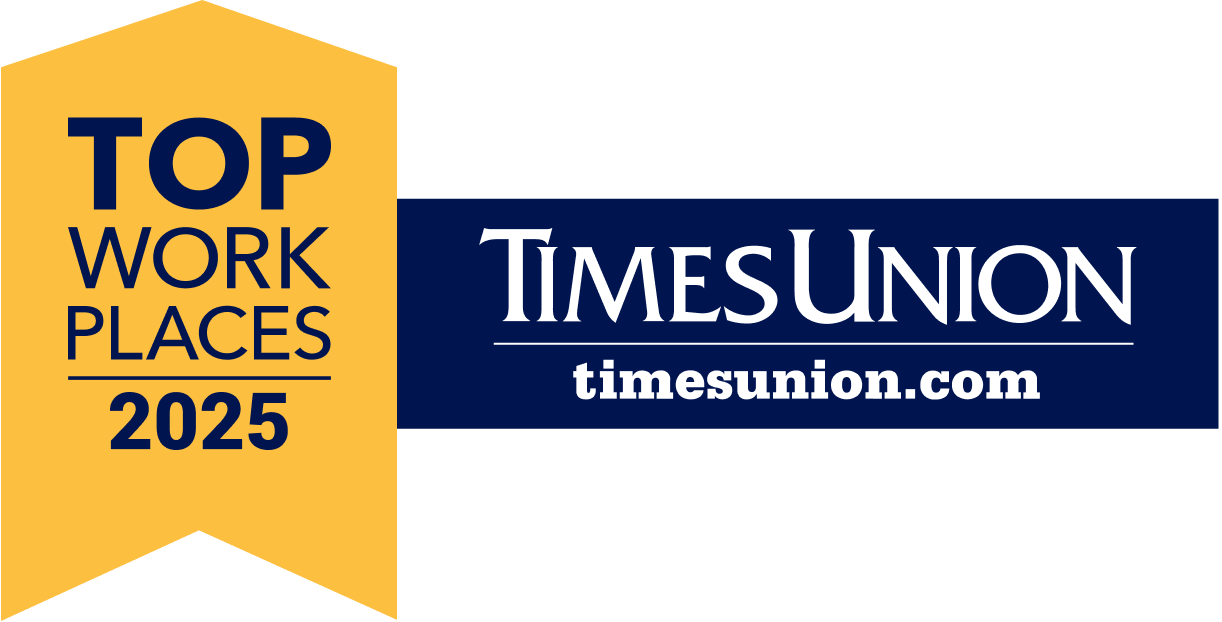The NY HERO Act and Guidelines
On May 5, 2021, the NY HERO Act was signed into law, also known as the New York Health and Essential Rights Act, to achieve safety and protection from the spread of current and future airborne diseases such as the coronavirus (COVID-19) that abruptly hit the United States in early March 2020.
What changes will be put in place?
Private businesses will be required to set workplace safety policies. The standards will be different for each industry but almost all of them include: health screenings, providing face coverings and other PPE, implementing social distancing, and disinfecting protocols. Employees will be given specific protocols to follow and will report violations through workplace health and safety committees.
Read here for further information on deadlines for the Department of Labor to issue for industry-specific standards and practices. (Keep in mind this article was published May 11, 2021, which was before the New York Department of Labor published their guidelines.)

The New Guidelines
On July 7, 2021, the New York Department of Labor released a set of guidelines that businesses must adopt or meet with an alternative version. These standards were put into place to set the bar for what businesses should do as preparation and response to the next pandemic-like situation.
These guidelines were created to be used when an airborne infectious disease is labeled as “serious risk of harm to the public health” as designed by the Commissioner of Health. This means that these guidelines have been written with these scenarios in mind.
You can read the guidelines and industry-specific sets on the department’s website here. Below, we will summarize some notable pieces from these guidelines.
Employees should wear face masks and use social distancing when there is a highly contagious disease. HVAC systems should be kept up to date and kept to a certain standard of working. Air purifiers can also be used to keep the air quality high.
The air isn’t the only thing that has guidelines. Disinfection and increased cleaning schedules are also part of the guidelines. Touchpoint surfaces get a particular focus due to their potential of spreading biocontaminants. You should use approved disinfectants, which the EPA keeps an active list of that can be found here. There’s even a section about handwashing, highlighting the importance this simple task has during times of sickness.
Employees will also need to undergo health screenings. When someone starts to show symptoms, use a “stay at home” policy to make sure that it doesn’t spread. Their workspace should be quarantined and left alone for a period of time, and then disinfected.
In addition to this, it’s required that these guidelines respond to and incorporate any new information released at a state or federal level. This is to ensure that the best, up-to-date practices are used whenever combating a new pathogen.
As set by the guidelines, every employer needs a written exposure prevention plan. It needs to be posted and accessible to all employees (except in company vehicles).
If many of these guidelines look familiar, it’s because they are based on what we learned during the COVID-19 pandemic. Airborne diseases, with as many variants as there are, can generally all be stopped by the same precautions. After all, if their primary way of infecting people is the same, then adopting similar precautions and preventive measures can stop the spread.
Using the Guidelines Throughout the Year
One of the most notable points of these guidelines is that they are only to be used when the Commissioner of Health declares the need for them. While this makes sense from a legal point of view, this doesn’t mean that we should slack off during other times of sickness, like the annual flu season. A lot of hours are lost when employees get sick, and even more are spent finding replacements and catching up.
The winter of 2020 to 2021 had one of the smallest flu seasons in recent memory, and it is not just because we were focused on COVID-19 numbers. The preventative measures everyone adopted to combat COVID-19 essentially wiped flu from making an impact. (Which is exactly what we wanted; if you remember our Twindemic blog, there were concerns that the exact opposite would happen.) If we can continue the use of strong cleaning for health measures, we can keep everyone safe and healthy.
You do not need to adopt every single guideline to be effective, either. Even adopting only some of them can make a big difference to the health of everyone in the building. Cleaning schedules adjusted to the season can cut down on spreading sickness, and preventative measures can go a long way.
Get an Expert’s Opinion
Janitronics Facility Services cleans for the health and safety of their customers. The NY HERO Act won’t change much for Janitronics as the practices that have been put in place since the COVID-19 pandemic started are practiced daily for our employees.
Jim Harris, Jr. has said it before and will continue to say, “This pandemic was unexpected to come as fast and hard as it did, but we were prepared and tackled the task.”
As far as the rules and regulations go, Janitronics will continue to put these actions into use even after the pandemic is over. This will be a daily routine for the employees moving forward.
If you have any questions or need help reviewing your own policies, you can reach out to us here. You can also email us at heroact@janitronicsinc.com.



